WHEN Darragh O’Loughlin was appointed as the new Chief Executive Officer of the Irish Horseracing Regulatory Board, it’s probably fair to say that the vast majority of racing stakeholders would have been hearing his name for the first time.
By O’Loughlin’s own admission, he isn’t just new to the IHRB but he is new to the horse racing industry as a whole. The last point-to-point he attended was when he was just 12 years of age and he freely admits that while he has been a regular at the Galway Races, it was for the social side rather than the horses.
His lack of knowledge of the industry will be viewed as a positive by some but others will wonder if it will hold him back for arguably Irish racing’s most important job at present, after what can be described as a rocky few years for the IHRB.
He is a Galway native but now lives in Donnybrook, Dublin and ironically, also spent some of his childhood growing up around the Curragh. While his knowledge of racing can be described as very limited when he started the role, his reputation as a regulator is unquestionable.
A qualified pharmacist, he ran his own pharmacies successfully before climbing to the top of the corporate side of that industry, holding senior leadership roles at domestic and European level. From 2013 until earlier this year, he was Secretary General of the Irish Pharmacy Union. He has served as a council member of the PSI, the Pharmacy Regulator, for six years.
By the end of this month, he’ll be five months into his new role and admits it has been a steep learning curve, getting to know the various vagaries of a complex industry.
Ronan Groome (RG): What would you say to people who would question your credentials with regard to your lack of experience in the sport?
Darragh O’Loughlin (DO’L): I think it’s a reasonable question to ask. I would say that the people who work in this office and the people who work in the IHRB are experts in racing. All of the expertise and experience that’s needed already exist in this organisation. What I can bring is that outside perspective, the familiarity with the regulatory structures, skills in team leadership and in bringing people together. Actually, being an outsider helps, I’m asking why do we do this, why do we do things that way? What do we do in this circumstance, is there a better way to do it? That’s useful as well because it challenges people who have a particular way of doing things.
RG: How did you feel you got on with that first Oireachtas committee meeting - you got a fair grilling?
DO’L: Yeah, it was my first time in front of that committee representing the IHRB but not my first time in front of an Oireachtas committee so it helps that I was familiar with the setting and familiar with how these things work. I knew what the key issues were because the key issues that they raised are the key issues for us here. My responsibility there was to represent the team here in the IHRB as well as I could. I had to make it clear that everybody here acts with professionalism and with integrity and that we are trying to do the best job we can with the resources that we have available to us. Every regulator will tell you that if they had more resources they could do more, we are no different.
RG: That was a Public Accounts Committee. There will be more pressing conversations to be had around anti-doping measures in the future. I think since the Jim Bolger comments were published in this paper, anti-doping measures have intensified. Are you satisfied with the system at the moment?
DO’L: As you know we commissioned the report by Dr. Craig Suann, which was a review of the anti-doping programme here in the IHRB and all the processes around it. His report said that we matched the best international standards and then he made some recommendations as to how we could improve even further. It’s our ambition to implement all of the recommendations to improve the programme further, to provide even greater assurance but there’s a significant resource requirement needed there. There’s a lot of extra work that will have to be done, a lot of extra testing, a lot of extra veterinary officers and veterinary assistants’ time and we would need to be given the resources to do that.
Now we have made submissions to HRI and to the Department of Agriculture Food and the Marine setting out what’s needed in order to implement that. We would be hopeful that they will grant us the additional resources that are needed to implement the report that the Oireachtas wanted us to do.
If we get those resources we will move the programme on, but as things stand given the resources we have I think the anti-doping programme does a very good job. Also I think it was useful that Jim Bolger said that he thought there were issues. If there is an issue identified or a potential issue we will always go and get whatever information we can and do what investigation we need to do. We’ve met with Mr. Bolger on foot of that and we’ve met with other individuals who have concerns, who have suspicions, and they give us information. We investigate that and where we can take action, we will take action.
RG: Have you spoke to Mr. Bolger yourself?
DO’L: I have met Mr. Bolger on track a number of times now, and I find him to be very helpful.
RG: Has he raised his concerns with you?
DO’L: Any discussions that I have with individuals are between me and those individuals.
RG: One of his highest priority recommendations from Dr Suann’s audit was the implementation of CCTV cameras in racecourse stable yards. Why has this taken so long and where are we now with that roll out?
DO’L: It’s a huge project that didn’t get under way properly until late spring or early summer because of various legal reasons. Engineering works, ducting works, electric works are all required before the CCTV installation could happen on a lot of tracks. It’s also been a frustratingly slow process and project for us here, the latest information we have is that there would be at least 15 up to 20 tracks with fully operational CCTV system by the end of this year. The rest of the tracks should be completed in the first quarter of next year, so we will be holding our contractors to that commitment.
RG: So what are the other recommendations Dr Suann has made that you’re hoping to implement next year, pending your budget?
DO’L: He has recommended an increase in testing, particularly out at competition testing which involves more pre-race testing. That involves more time, more officers, more tests themselves. We pay LGC laboratory in Newmarket per sample tested. So the costs involved in that are staff time, veterinary time, veterinary assistant time as well as an increased number of tests. So we would be looking at far more out of competition testing, that means far more yard visits and yard inspections, more staff time and an increase in the scope of pre-race testing.
RG: What about improving the traceability system which has been brought up at the Oireachtas as well. Irish cattle have one of the best tracing systems in the world. Your predecessor Denis Egan said there was momentum to implement a similar system in Irish racing which would have obvious advantages for anti-doping measures and welfare. Where are we with this?
DO’L: The traceability is a priority for us here and I know we are working with the department of agriculture and food on that. HRI is involved as well; there’s a working group on traceability. I would agree with the description of the traceability system for cattle, it’s been one of the best in the world, our famous farm to fork traceability system. It is entirely possible for us to do something similar with racehorses. That is something that we would like to see happen but we are not there yet.
RG: One criticism against the IHRB that has often come up has been the attitude to accuracy and data. For example, it was well documented that last year’s Savills Chase at Tramore, won by Al Boum Photo, was run over a furlong further than the advertised distance. The argument from the racecourse in this case, and from other racecourses, has been that there were rail movements to provide fresh ground and the use of the word ‘about’ in the race description covers this. For analysis and betting purposes, accurate information is important. Do you have an appetite to ensure more accurate descriptions? Kevin Blake was writing about this a couple of weeks ago and suggested that with your background in pharmaceuticals, the word ‘about’ simply wouldn’t cut it.
DO’L: He is right. Accuracy and precision are the hallmarks of pharmaceuticals where we deal in milligrams and micrograms. I think it’s a legitimate expectation of anybody who is racing that they would know what the distance of the race is because they want to train to a particular distance. It’s not something that I have been aware of before starting but it’s something that I would certainly be looking into to see how we can improve this.
RG: What about the whip? The IHRB said after the BHA announced changes to their rules that the rules in this jurisdiction would stay the same but we eventually followed their lead the previous time they changed whip rules. Is it a matter of time before we adjust them again?
DO’L: We have no plans at the moment to make changes to the whip rules. Where the BHA has gone with it is not in line with where other racing jurisdictions are going with the whip.
In relation to interference and in relation to the whip and in relation to the breaches of rules, generally the key thing is to have consistency of interpretation and consistency of decision making. You also need consistency of sanctions so somebody knows if they are riding in a race in Tramore or in Bellewstown, Listowel or Dundalk and they break a rule that they are likely to face the same outcome at any track at any time for any particular breach of rule.
RG: That was mentioned in the justification for bringing in the new whip rules in Britain, to tackle the issue of jockeys breaking the rules in the bigger races, but being happy to do so because the punishment was still a favourable trade-off for a big-race win. In many cases in Britain and Ireland, the perpetrator is favoured.
DO’L: It’s not right in any scenario. Within racing or anywhere else where people deliberately break rules because they can see an advantage for themselves, would gain that advantage despite the rule break and it doesn’t matter whether it’s horse racing or Formula 1 racing, it’s not something that should happen. To be fair to stewards they will do as much as they can within the rules to make sure fair play applies.
RG: Do we need stewards actually sitting at the races? Ger Lyons did this interview before and made the point that we don’t, that we should have a system where you have three professional stewards at headquarters communicating with the stipendiary steward on course and a decision can be made very quickly. I suppose football and VAR is something of a parallel.
DO’L: The stewarding system that we have now relies heavily on volunteers and that volunteerism is part of the ethos of horse racing. We do have professional stewards and entry stewards so on any given race day you could have three or four race-day stewards who are there in a voluntary capacity and another three stipendiary stewards. Having them all in the one room at the racetrack allows them to have a good discussion watching the video feed of the races, but also allows them if necessary to speak with a trainer or speak with a rider to get a line on why did the horse performance improve or a discussion about interference, being able to bring the jockeys in to get their view on an incident that occurred during the race. While it might be possible using technology to beam images back to a central room, you are not necessarily going to get better decision making.
RG: IHRB are responsible for running point-to-points and I’m sure you’re aware of the insurance worries that sector has gone through. Is there anything you can do to help that situation?
DO’L: We have spoken with the insurers and the insurance brokers. It’s not our role to put the insurance in place, the hunts have to do that, but what we do is try to mitigate the risks. Our regulatory activities and our support activities around point-to-point are aimed at reducing where possible the risk to riders and risks to horses and risks to participants and spectators. We need to make sure that point-to-points are well run, which they are, across the country, but insurance companies are increasingly risk averse.
Premiums are increasing with the willingness of companies to insure what they perceive as risky events is reducing. We are doing everything we can to support point-to-points and to support racing in this regard but this is an issue where the government needs to step in. The issue is bigger than horse racing, the issue is big enough that the government must continue to look at this, to attract more insurers into the market and to do what they can on the claims side.
RG: Can we talk about welfare? Obviously that is integral to everything you do here. There have been a few cases in recent years that have been worrying for the sport, the Stephen Mahon case comes to mind. Do you think the penalties in place for welfare breaches are what they should be?
DO’L: There are very severe penalties for breaches of welfare in horse racing and that this is reflected in the fact that the longest suspension ever handed down to anyone by the IHRB was related to failure to adhere to the expected standards of animal welfare. The IHRB will continue to seek very severe penalties on any racing participant who mistreats or maltreats a horse. Where we become aware of welfare issues or cases of maltreatment of horses, we share the information with the Department of Agriculture, Food and the Marine and cooperate fully in the investigation and prosecution of those concerned. As far as I’m concerned, nobody who deliberately mistreats a horse deserves to be involved in racing.
The vast majority of people working in horse racing I believe are committed to animal welfare.
Horse racing has what’s called a social licence to operate. In other words society or people who aren’t interested in horse racing in particular will tolerate it because they don’t need to have concerns about how the horses are being treated. But if concerns emerge around how we treat horses in our sport then we will put our social licence to operate at risk.
We’ve seen how greyhound racing has really suffered reputational damage in the last number of years to the point where there are numerous activists who believe the whole sport should be banned. We never want to get to that place with horse racing.
RG: I will finish up by asking what do you think the greatest challenge for Irish racing is in the next decade?
DO’L: We have a number of challenges but we are in a great place to face those challenges. We have a global reputation, a great starting point. It’s about maintaining consumers’ interest, punters’ interest and maintaining people’s trust in the sport.
Maintaining, as I said, the social licence to operate will be crucial to making the sport sustainable. We also need to do more work on the development and career pathways, it’s actually a sector that offers great employment opportunities particularly in rural Ireland. There’s a lot more that can be done around putting a structure on that, developing pathways for people to come into the industry and work their way up.
Every sport, particularly every professional sport, is seeing a gap or a space opening up between the people at the top of the sport and the other participants. Whether it’s football, Formula 1, tennis, we see the same names at the top of every sport. So we need to figure out how to support the people at the bottom to keep them engaged, to keep them involved and make sure it’s worth their while. We do need our superstars, they are the ambassadors of the sport, but we don’t want to have excessive concentration at the top. We have to bring the rest up.
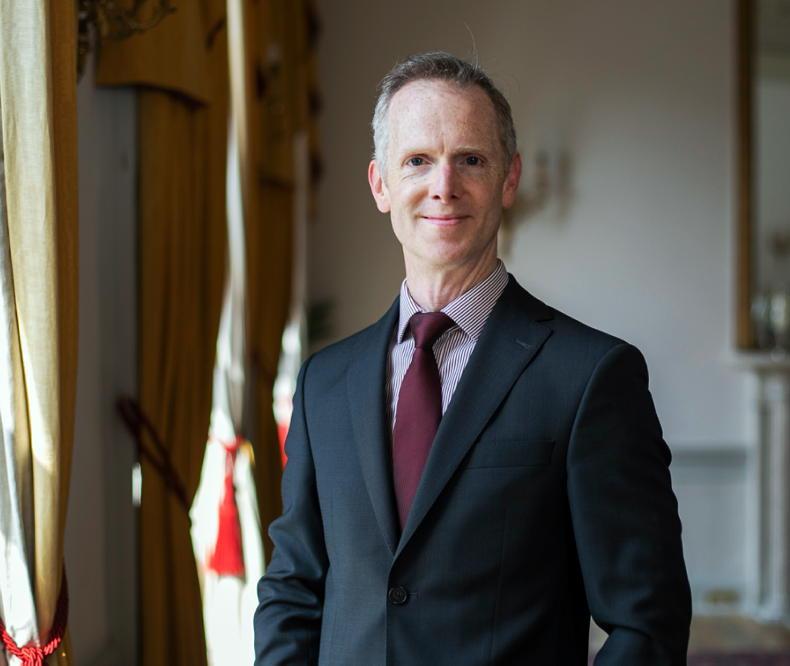

 This is a subscriber-only article
This is a subscriber-only article
 It looks like you're browsing in private mode
It looks like you're browsing in private mode
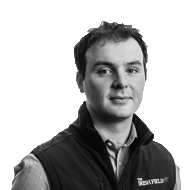



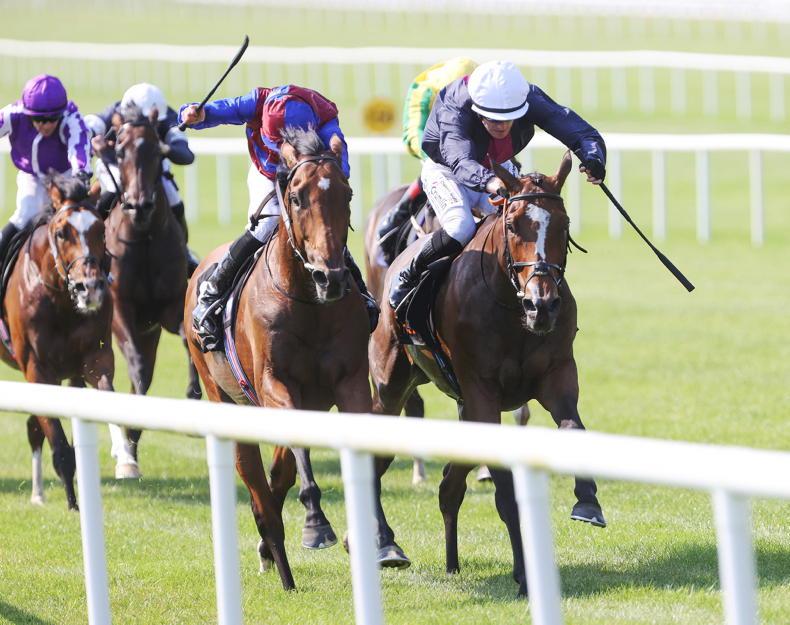
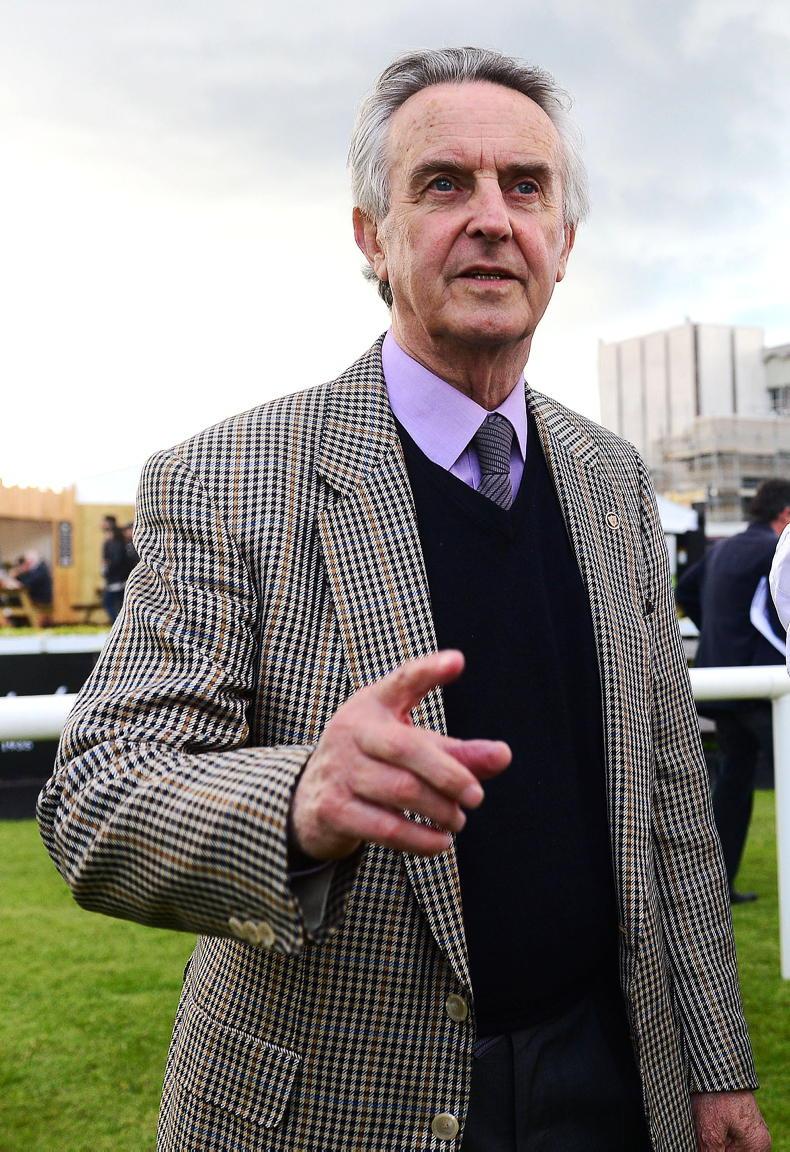



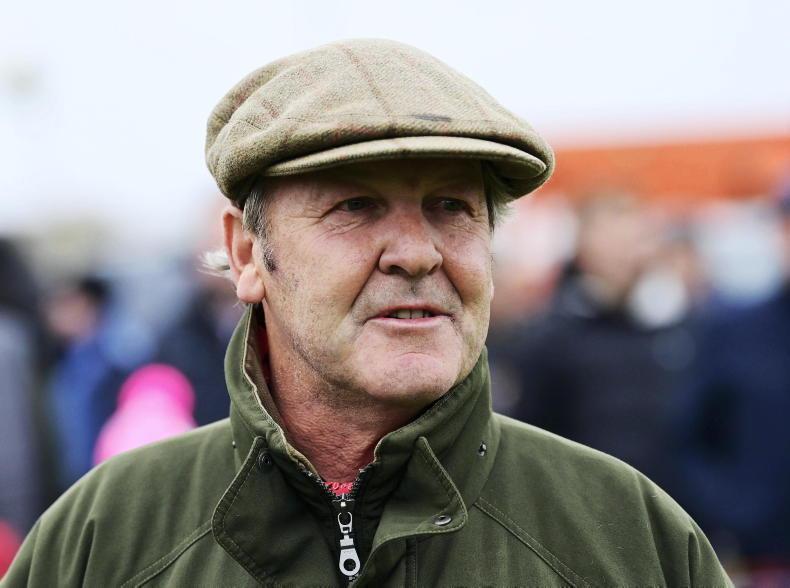


SHARING OPTIONS: